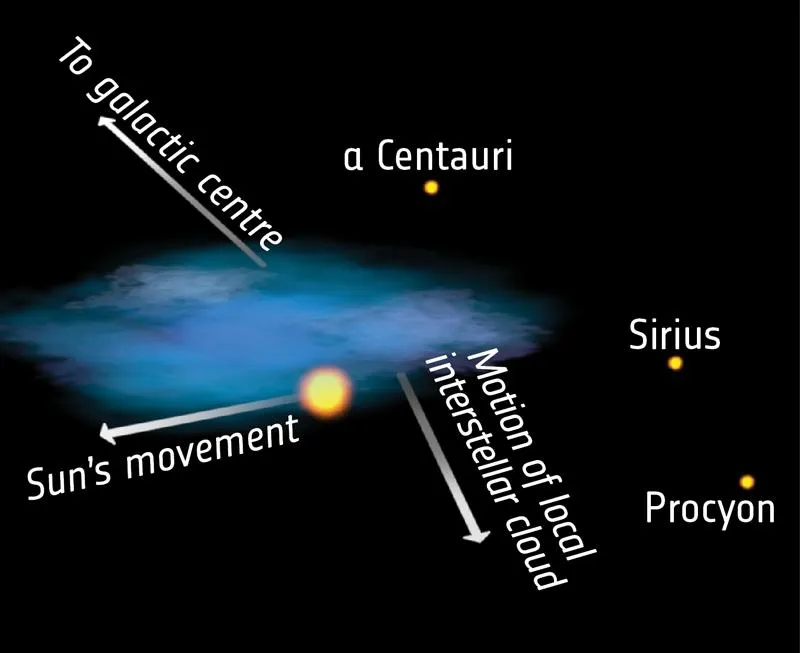Dust From the Great Beyond
Interstellar grains seen by the Cassini spacecraft lend support to the old panspermia hypothesis.
/https://tf-cmsv2-smithsonianmag-media.s3.amazonaws.com/filer/77/fd/77fd1a1a-4a97-4bd3-9491-e3397764895e/cassinisaturn.jpg)
After analyzing ten years of data from the Cassini spacecraft that’s been orbiting Saturn since 2004, a team of scientists led by Nicolas Altobelli of the European Space Agency in Madrid, Spain, reports finding dust that came from outside our solar system. Along with millions of ice-rich dust particles shed by Saturn’s moons, Cassini’s Cosmic Dust Analyzer detected a grand total of 36 grains that the scientists could trace back to the local interstellar cloud. That cloud is an almost empty bubble of gas through which our solar system is currently moving.

The small interstellar dust grains were zipping past Saturn at speeds of over 72,000 kilometers per hour (44,000 mph), which explains how they avoided becoming gravitationally trapped by the sun. This marks the first time scientists have been able to analyze material from outside our solar system. Intriguingly, the Cassini Cosmic Dust Analyzer saw the same kind of chemical and mineralogical make-up in the interstellar grains as it did in the local dust.
Confirmation that material from outside the solar system does in fact reach us may revive the ancient idea of panspermia. In the early 20th century Svante Arrhenius, a Swedish physical chemist, suggested that bacterial spores propelled through space by radiation pressure could seed other planets with life. This proposed mechanism of panspermia was rejected by the scientific community, because it was shown that bacterial spores could not survive space radiation, particularly ultraviolet radiation, for long time periods. Later studies, however, showed that bacterial spores could survive if they were covered by some dust material, or were inside a meteorite.
Finally, a scientific consensus emerged that the transport of microbes from one planet to another is possible within the solar system (for example, from Mars to Earth), but that seeding from outside the solar system would be incredibly unlikely—first because space is so big and the distances so far, and second because most incoming particles would fall into the sun because its gravity is so much stronger than Earth’s. And any life-containing matter would be exposed to radiation for a very long time which would surely sterilize any living material.
Even though the small grains found in Saturn’s neighborhood contained no signs of biology, scientists may have to rethink the possibility of life arriving from interstellar space over long geological time periods.
In the 1970s, DNA co-discoverer Francis Crick and Leslie Orgel came up with the idea of “directed panspermia”—that life may have been transmitted to Earth deliberately by intelligent beings on another planet. A few years ago I asked Orgel about it at a conference in China. I wondered whether the two scientists, both of whom have since passed away, suggested the idea out of frustration with the slow progress in the origin-of-life field. Leslie seemed not to want to be associated with the idea, and only said that Crick could get anything published after he got the Nobel Prize for co-discovering DNA.
Nevertheless, the possibility of directed panspermia needs to be considered. After all, this is something we might be able to do ourselves soon: sending probes to potentially habitable planets and including spores that (after riding in a protective container on the long journey) could be injected into the oceans of a potentially habitable planet. If we really intend to do that, we might even have a first list of possible places to send them.
/https://tf-cmsv2-smithsonianmag-media.s3.amazonaws.com/accounts/headshot/Dirk-Schulze-Makuch-headshot.jpg)
/https://tf-cmsv2-smithsonianmag-media.s3.amazonaws.com/accounts/headshot/Dirk-Schulze-Makuch-headshot.jpg)